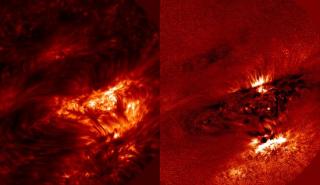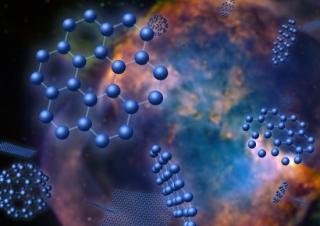Central starbursts in galaxies are an extreme example of ongoing galaxy evolution. The outer parts of galaxies contain a fossil record ofgalaxy formation and evolution processes in the more distant past. The characterization of resolved stellar populations allows one a detailed study of these topics.In our study we used the Hubble Space Telescope to observe the outerparts (up to 8 scale radii) of NGC 1569 and NGC 4449, two of the closest and strongest dwarf starburst galaxies in the local universe, to characterize their stellar density and populations, and obtain new insights into the
Advertised on

